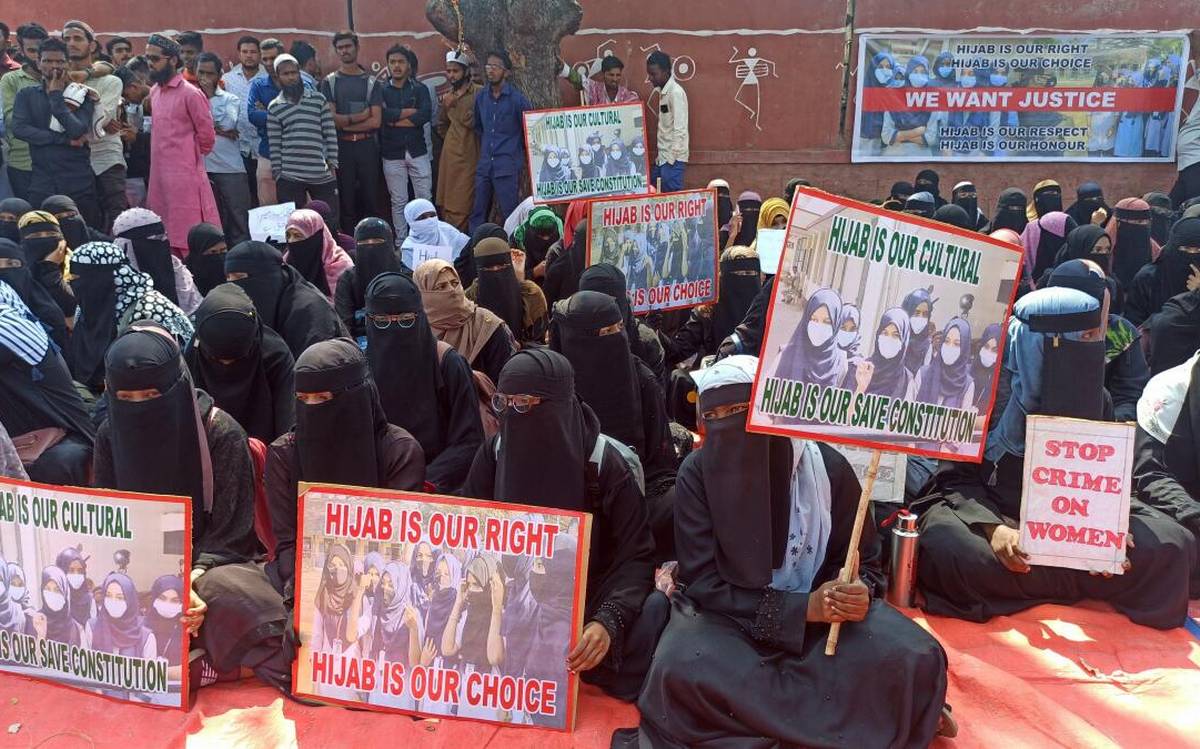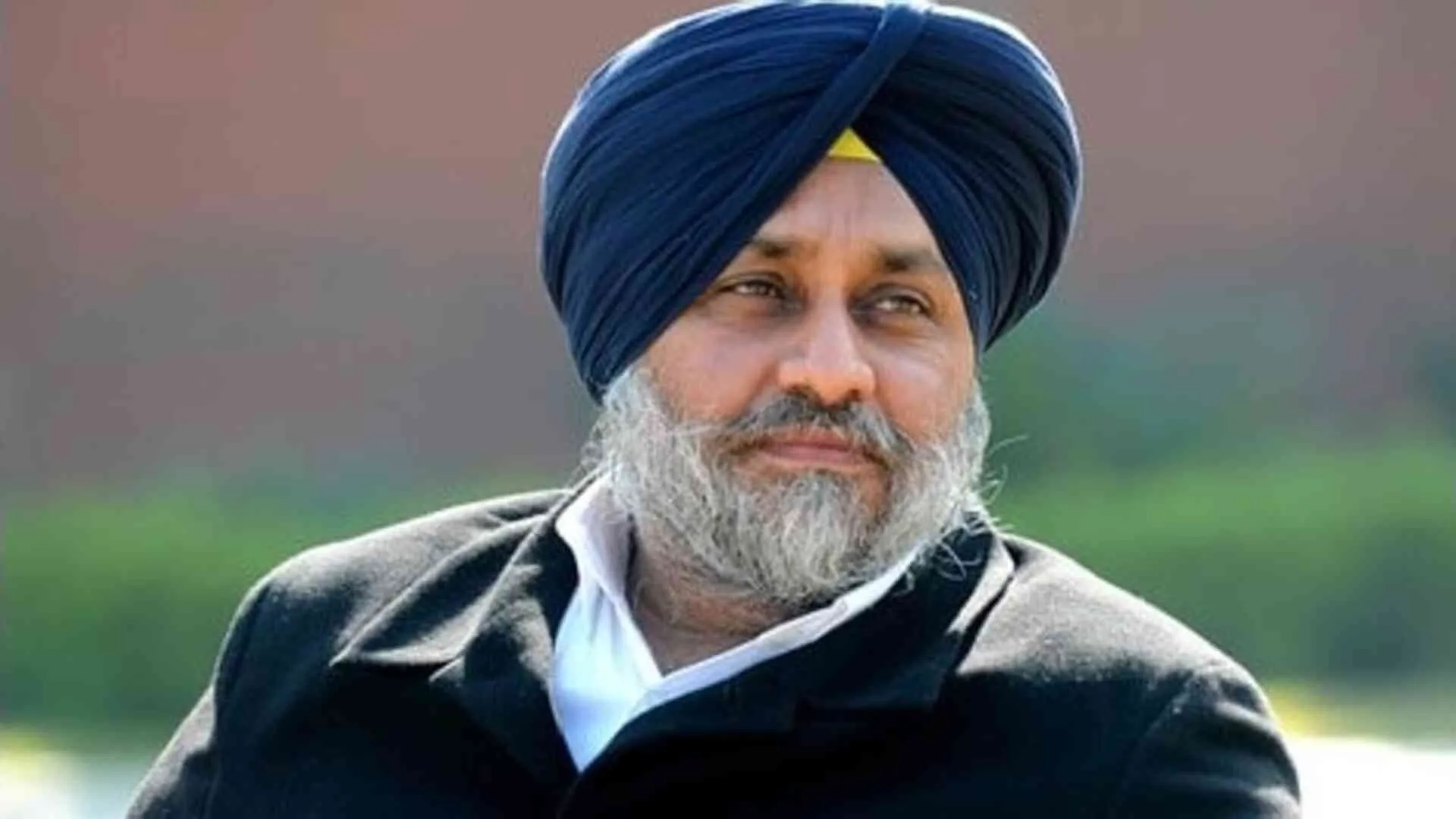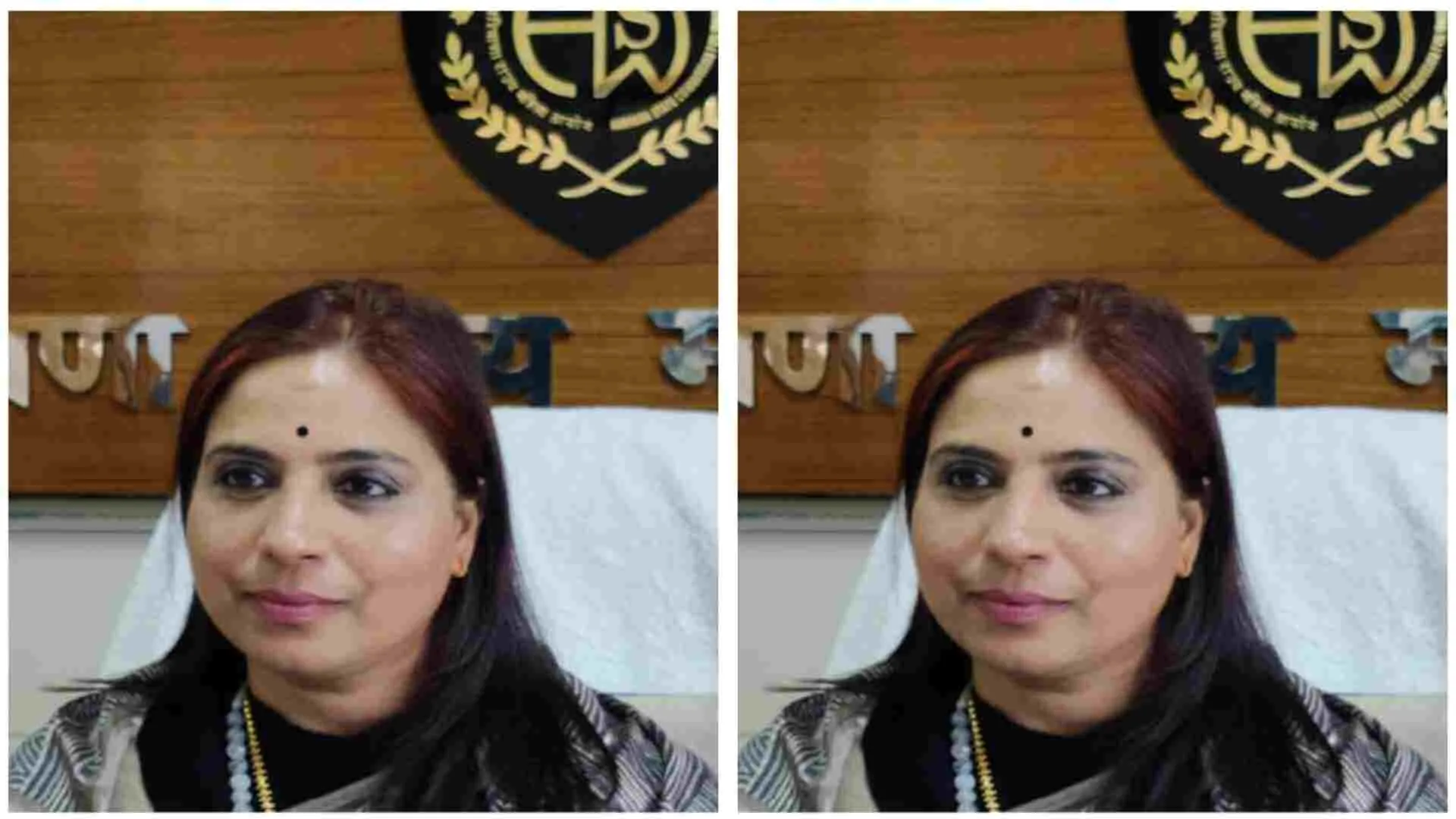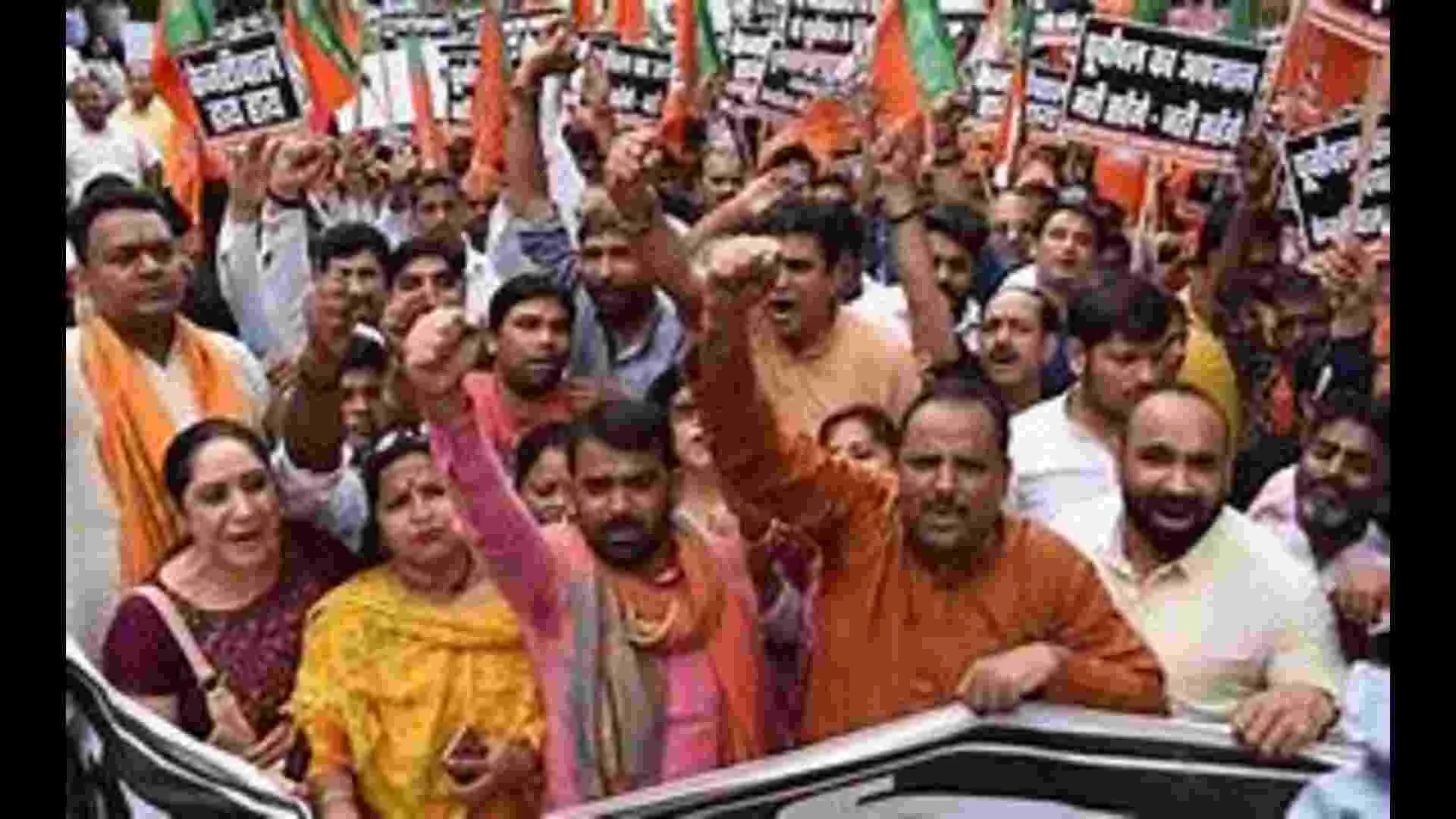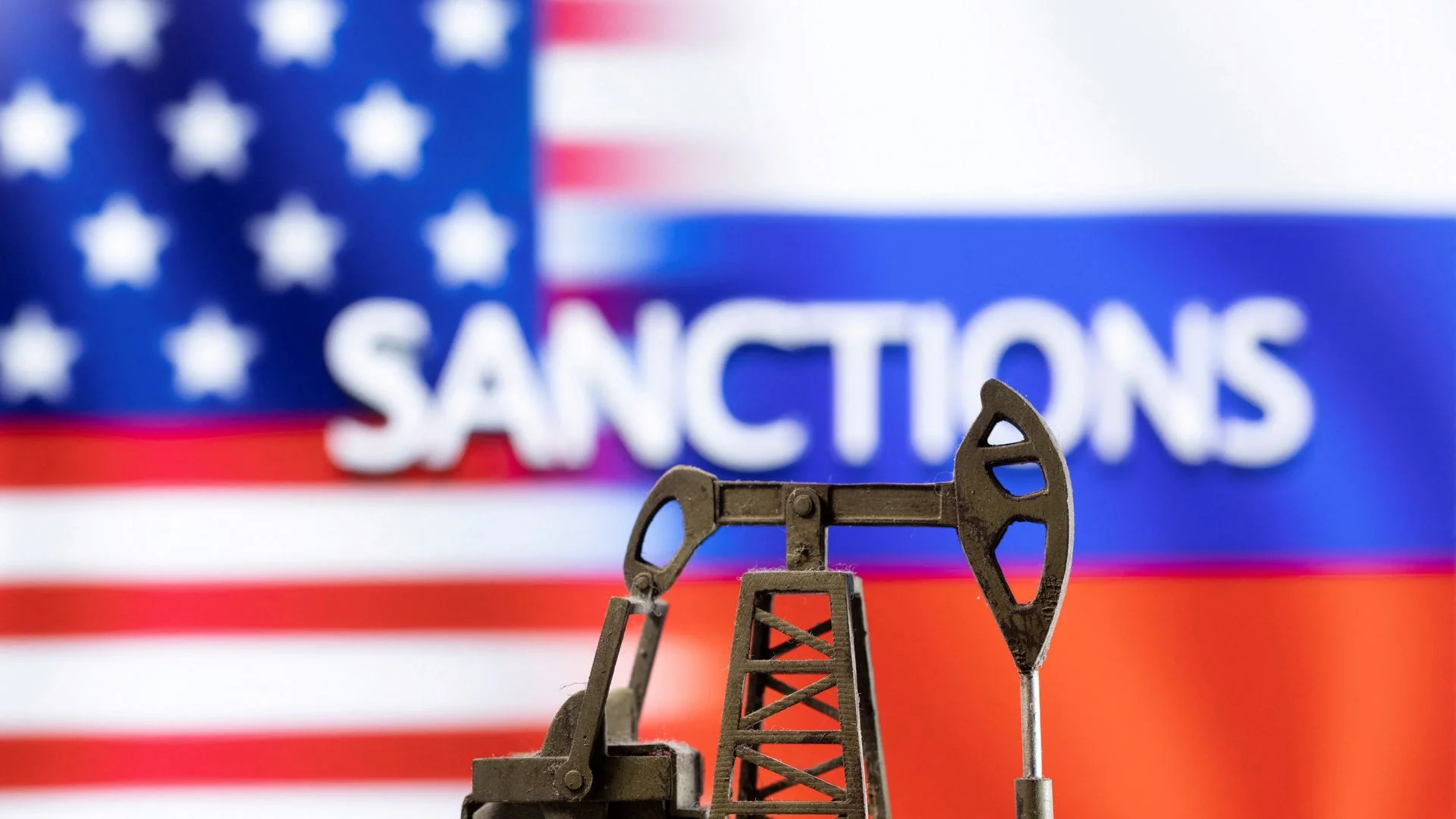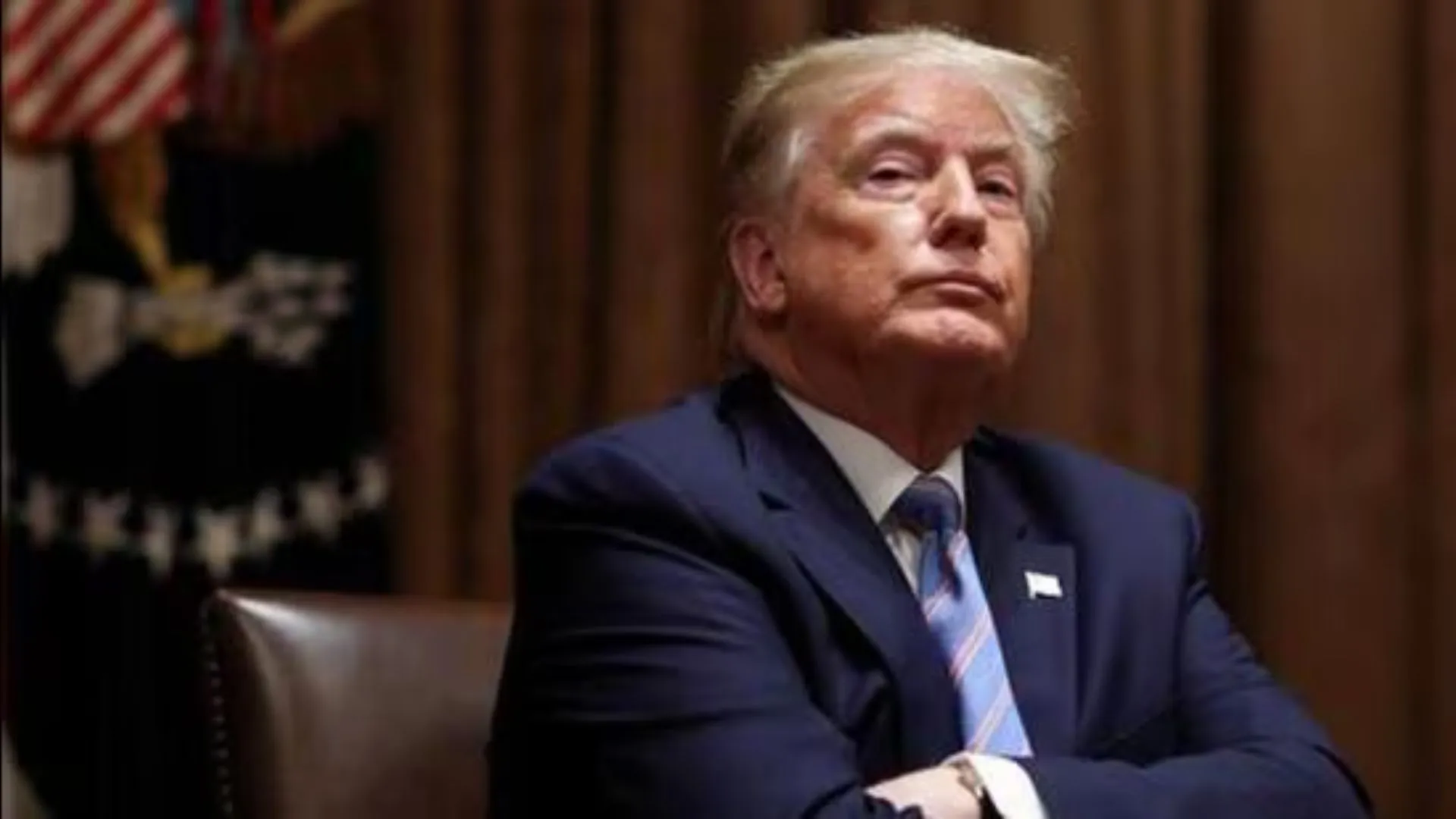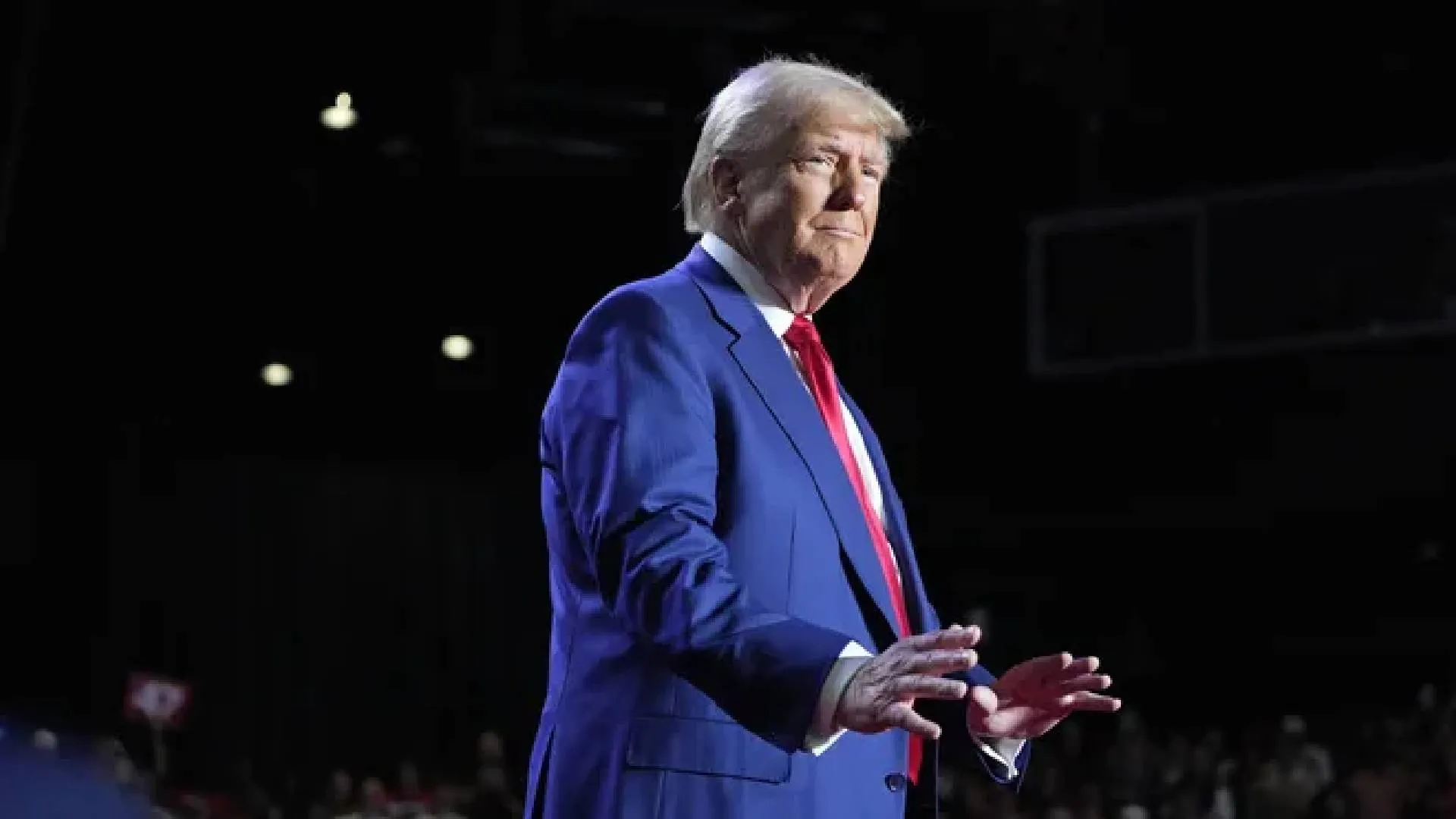I begin by clarifying that I am not a Muslim woman, and hence my opinion may be deemed inauthentic. I am presenting my opinion as an observer, and to appeal to the Indian Muslim woman. This is your time to redefine what it means to be a Muslim woman and offer guidance to the next generation.
The hijab debate has moved to the Supreme Court of India. The decision of the Karnataka High Court will have no bearing on what the Supreme Court decides, and there’s a possibility that the apex court will reverse the judgment altogether. But doing so depends entirely upon the appealing parties’ ability to prove that ‘hijab is essential to Islam,’ and not simply ‘essentially religious’. Karnataka High Court’s verdict has been built solely upon this argument. As you can see, moving the words around can change the entire meaning. Based on past precedents in law, it will be difficult for the appealing parties’ to prove that the reverse is true. Essentially the court says that appealing parties’ have failed to prove that the hijab forms a ‘core’ pillar in Islam’s practice. It begs us to ask can a ‘core’ religious practice ever be a choice? On the one hand, many Muslim men and women have argued that hijab is a ‘choice’ and a woman has the right to choose what she wants to wear. While I agree with that, I can’t help but point out that it contradicts the very idea of a practice being ‘core’ to a religion.
Another crucial aspect of the court ruling forms the second part of my observation. It’s clear from the judgment that its contents are only applicable to educational institutions. This is the reason why we are not in France (yet). The respondents argued that the ‘ban is in place only in the college and not the entire state’, and hence ‘fundamental rights of the students to live with dignity has not been violated’. This argument, in itself, proves that a state-wide ban would be a violation of fundamental rights and thus, in the current socio-political and legal scenario, it couldn’t be upheld in a court of law. The state could either be testing waters or be aware that such a drastic step wouldn’t be met kindly by a constitutional court.
This is important to note as ever since the verdict, social media is rife with posts by women and men whose ‘hearts go out to the young Muslim women who can’t wear the hijab’. To me, this is nothing but an attempt to create controversy where there is none. Through such posts, the authors expose them on two fronts. Firstly, they haven’t read the judgment carefully enough. I give them the benefit of the doubt, given court judgments are often extremely long and detailed. It is a tedious task to read them, but we must still make the effort of going through the fine print. Secondly, if they have read the judgment carefully and they would still claim that their hearts bleed for the ‘affected parties’, then they must reflect upon which battles they need to fight. By insinuating that this is the end of the world, you only prove that you are a part of the problem. What happens in the apex court remains to be seen. There is a possibility that other religious ‘markers’ such as the Sikh turban, the Hindu tilak, and the Christian cross come under scrutiny, but going ahead, I’d request my readers to think about the following.
Firstly, those using the court ruling to spread panic on social media and instigate communities must stop. Call out the armchair warriors with reason, this is not about them. This ruling affects hundreds of young girls who have been told to stop wearing the hijab. Whether it was their choice or manufactured consent is irrelevant. It turns out what they felt was essential did not hold up before a court of law, so they cannot do it anymore in school. Some of them must be at odds in deciding whether to protest for what they feel is their right versus adjusting for their education. This is not the time to make them feel like victims of a great injustice. Instead, the transition to a new normal should be made more comfortable. It would require Muslim women, men, and religious leaders to reassure parents and young girls that removing the hijab in school does not make their child a ‘bad’ Muslim. Parents & students need to know that their fundamental right to religion is not under threat, and this ruling merely focuses on the right of educational institutions to prescribe a dress code.
Secondly, schools must do their bit too. School authorities and teachers need to be sensitive while dealing with students who are in the process of accepting the new normal. This means students cannot be turned away from the gate, nor should they be cornered. Instead, a decent way would be to have designated changing rooms at the premises. It would allow young girls and women the dignity to remove their hijabs/burqas away from the public eye, as we have seen in several uncomfortable-to-watch videos.
Lastly and perhaps most importantly, the debates and ruling of the Karnataka High Court reveal the true core of any religionisevolution, and change. History is witness to the fact that many religious practices continued for centuries or decades not because they were ‘essential’ or even logical, but as nobody questioned them. What did reformers do? They asked for reasons and rationale and since there was none, it ultimately resulted in several religious practices being banned or withering away. Society today is better off without them.
The Karnataka High Court ruling is an opportunity for the progressive Muslim voices of India to play their part as religious reformers. The key lies in striking a balance between what entails being a ‘good practitioner’ of the faith and practices, which by virtue of being a choice, do not define your religious identity. With reason and rationale, Indian Muslims must help create the template for the evolution of Islamic practices.

